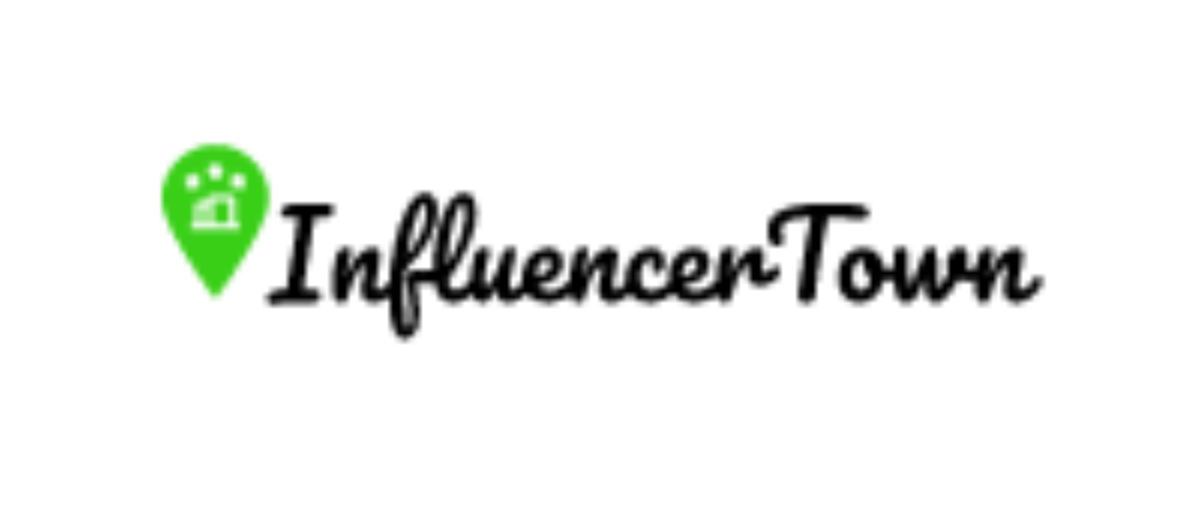In recent years, influencer marketing and experiential marketing have become popular strategies for brands to connect with their target audience. While these marketing approaches may seem different, they share a common goal – to create authentic connections between brands and their consumers. By merging the two strategies, brands can create more impactful and engaging marketing campaigns. In this article, we will explore how to merge influencer and experiential marketing to create a more comprehensive marketing plan.
To begin with, brands can start by identifying influencers who align with their brand values and have an engaged following. These influencers can be invited to participate in experiential marketing events, such as product launches, pop-up shops, or sponsored experiences. This can help to increase the reach of the event and create a more personalized experience for attendees.
Additionally, brands can leverage influencers to create engaging content before, during, and after the experiential event. This can include sneak peeks of the event, behind-the-scenes content, and post-event recaps. By sharing this content on social media, influencers can help to amplify the event’s reach and generate buzz.
Merging influencer and experiential marketing can help brands create more authentic and engaging connections with their target audience. By leveraging the power of influencers to promote and attend experiential events, brands can create a more personalized and memorable experience for attendees. This, in turn, can help to increase brand awareness, loyalty, and ultimately drive sales.
Merging influencer marketing with experiential marketing can create a unique and powerful approach to reaching and engaging with consumers. By combining the personal touch of influencer marketing with the immersive experiences of experiential marketing, brands can create a lasting impact on their audience.
One way to merge these two approaches is by inviting influencers to participate in experiential marketing events. For example, a brand could host a pop-up event or a product launch party and invite influencers to attend and share their experiences with their followers on social media. The influencers can create content such as photos and videos of the event and share it on their social media platforms, reaching their followers and potentially driving them to attend the event or try the product themselves.
Another approach could be to leverage influencer marketing to create pre-event buzz and generate excitement for an upcoming experiential marketing event. By partnering with influencers to create teaser content or behind-the-scenes glimpses of the upcoming event, brands can create anticipation and build interest among their target audience.
In addition, brands can leverage influencer marketing to extend the reach and impact of their experiential marketing campaigns. By partnering with relevant influencers to create and share content about the event, brands can increase their reach and engagement and potentially reach new audiences who may not have been aware of the event otherwise.
Merging influencer marketing with experiential marketing can be a powerful way to create a unique and memorable experience for consumers. By leveraging the personal touch of influencers and the immersive experiences of experiential marketing, brands can create a lasting impact on their audience and drive engagement and conversions.
Incorporating both influencer marketing and experiential marketing can be a powerful tool to enhance brand awareness, create a stronger brand image, and drive engagement. By merging these two marketing strategies, brands can bring the physical and digital worlds together, creating an interactive and immersive experience that can increase the chances of a consumer purchasing the product or service. It’s important to select influencers who have a following that is relevant to your target audience, and to create a message that resonates with both the influencer and the audience.
One example of merging influencer and experiential marketing is having influencers host events or pop-ups to promote the brand. This can be an excellent way to get the attention of new customers and create a lasting impression. Brands can also leverage social media platforms to create buzz around the event and engage with the audience in real-time.
Overall, merging influencer and experiential marketing can create a unique and memorable experience for customers. It can enhance brand loyalty and increase sales in the long run, making it a strategy worth exploring for brands looking to stand out in a crowded market.
In conclusion, integrating influencer marketing and experiential marketing can create a more powerful and effective marketing strategy. It can increase the chances of a consumer purchasing the product or service by creating a unique and memorable experience. By selecting influencers that resonate with your target audience, and creating an event that is interactive and immersive, brands can create a long-lasting impact on their customers.

